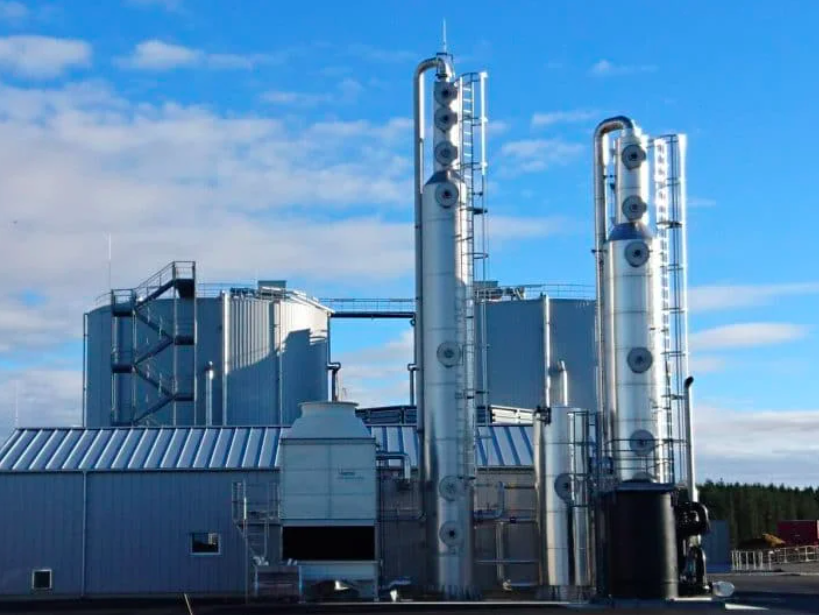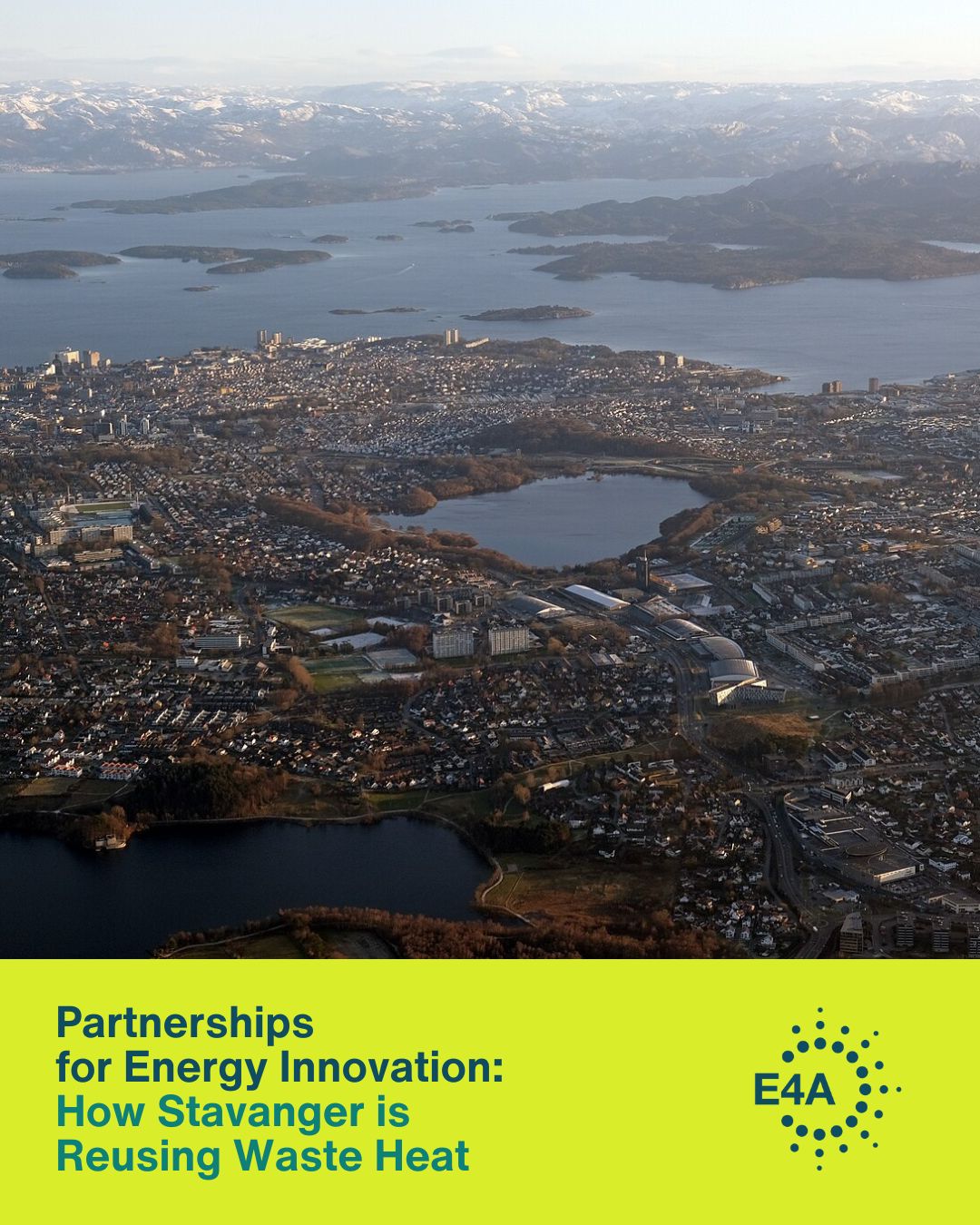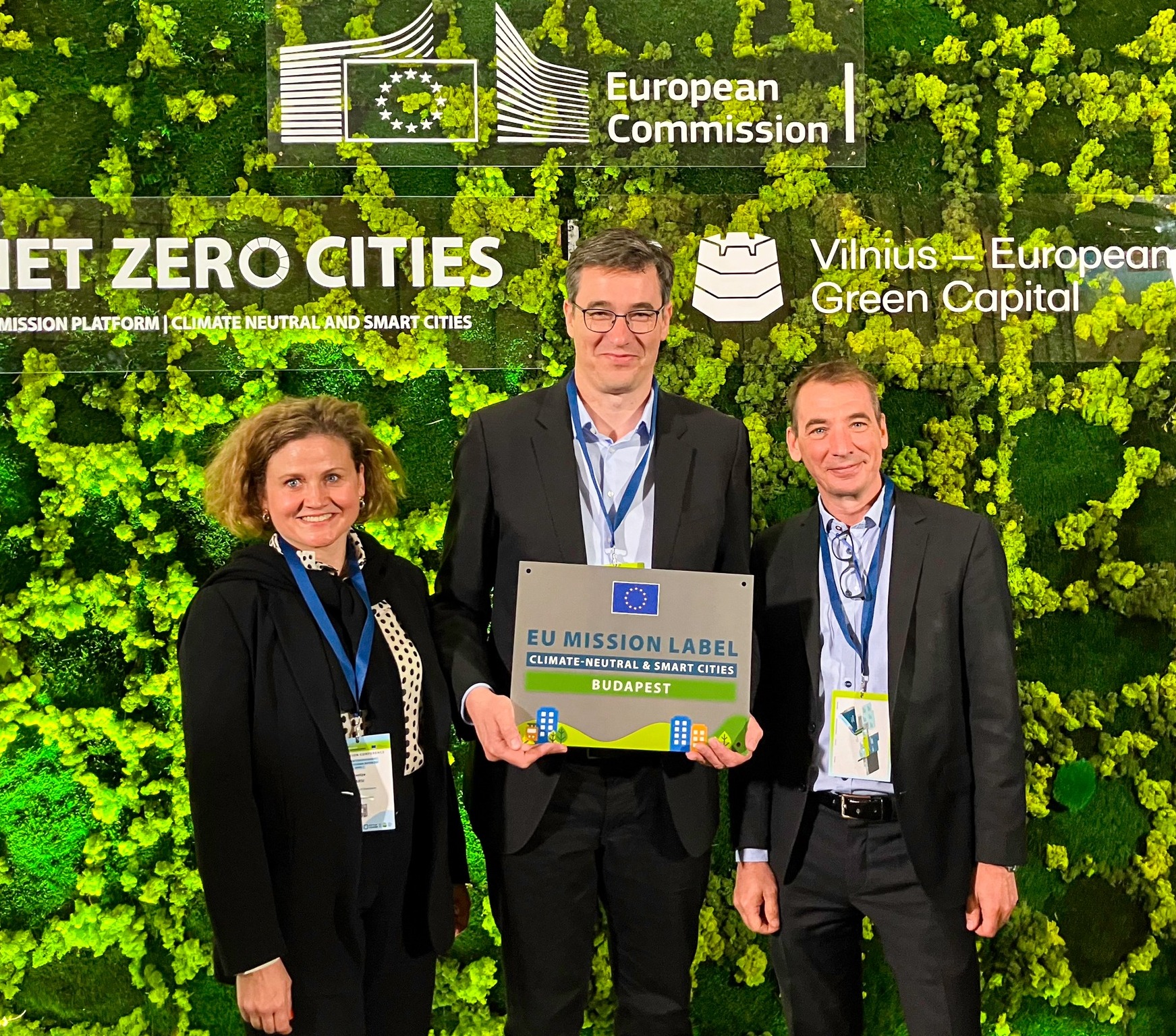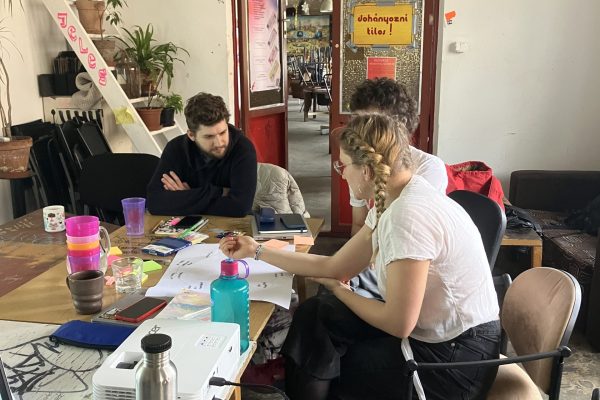Wastewater Reuse: A Hidden Energy Opportunity
June 11 - 2025

Achieving global sustainability targets and reducing emissions requires a paradigm shift in energy systems. It requires a shift in renewable local energy production and consumption rather than depending on a centralized energy system. In this context, Stavanger municipality in Norway, as part of the European Mission Cities, has recently embarked on transforming its city district into a Positive Energy District (PED). This includes multiple stakeholders, consisting of the municipality itself, industrial partners such as Felleskjøpet and Skretting, those who suffer from energy loss or excess heat when producing animal and fish feed, the University of Stavanger, a utility provider, Lyse, community representatives, and residents. The Stavanger municipality devised a plan to reuse waste energy from industrial partners for heating buildings and swimming pools in the form of hot water. The plan is novel in recycling waste energy in the form of hot water and in integrating energy infrastructures with industrial partners to reduce waste and emissions.
In doing so, Felleskjøpet is completing a biomass boiler plant to meet its energy demand from biomass and plans to provide excess heat energy to the district heating network. It has signed an agreement with Lyse, a utility company, to supply 2.5 MW/h for heating homes during the winter. By utilizing biomass boilers to produce bioenergy and efficiently supplying it to district heating companies, we can enhance the energy efficiency of the provider and the energy security of the buyer. This approach reduces dependence on fossil fuels, lowers primary energy usage, and mitigates greenhouse gas emissions. This bioenergy serves as a direct source of energy for Felleskjøpet, derived from burning grain hulls, and an indirect source of energy by transferring excess heat to the district heating network. This arrangement is significant because Lyse has a hot water pipeline located adjacent to Felleskjøpet. This proximity reduces the costs associated with transporting excess heat, highlighting the importance of co-location in efforts toward energy transition. The co-location of Felleskjøpet and Lyse presents a promising approach to achieving efficient resource utilization, promoting a circular economy and enhancing sustainability.
As such, it is essential to rethink the co-location of energy-intensive manufacturing processes and their integration with energy supply companies within the framework of a circular economy, to adapt to the new carbon-neutral dynamics of urban environments. For this to work, stakeholders such as municipalities, politicians, and industrial and energy companies must collaborate and adopt a new culture of the circular economy. The transition to industrial decarbonization and low-carbon cities requires new prospects for sustainable production and consumption. This prospect involves innovation, technological advancement and a new business model to build a resource-efficient economy. As Stavanger Municipality implements measures to decarbonize its energy systems to achieve a climate-neutral city, waste energy from industrial processes and operations is uniquely positioned to play a significant role in the energy transition. The circular economy presents substantial opportunities for municipalities and industries to address climate challenges within the context of international agreements and the UN Sustainable Development Goals. Implementing a circular economy enables industries to transition towards efficient and decarbonized energy systems, as well as the reuse and reutilization of waste energy.
However, the transition towards sustainable energy production and consumption comes with challenges, including significant investment requirements to develop new energy-efficient technologies, such as biomass boiler plants and heat exchangers, to reuse waste energy. Developing financial incentives and supportive measures for private firms is crucial to increasing the efforts of the private sector. This is because circular economy projects require substantial investment costs, which could be a burden for low-margin industries that are reluctant to invest in such projects. Therefore, taking supportive actions and measures helps facilitate the transition towards circular economy practices at the firm level and lays a foundation for its replication on a large scale in other contexts. Furthermore, changes in policy and regulatory frameworks are also necessary to fully leverage the potential of waste energy. This is because waste energy should be considered an alternative energy source, and up-to-date regulations must be in place to ensure this. By treating waste energy on par with other energy sources used in district heating systems, we can create a fair and just environment that encourages energy-intensive companies to devise plans to utilize waste energy.
This text is based on a journal article currently under review.









Share on